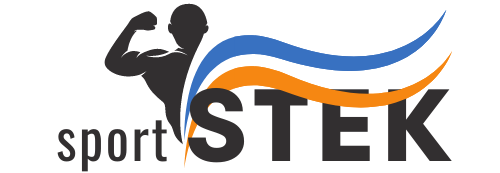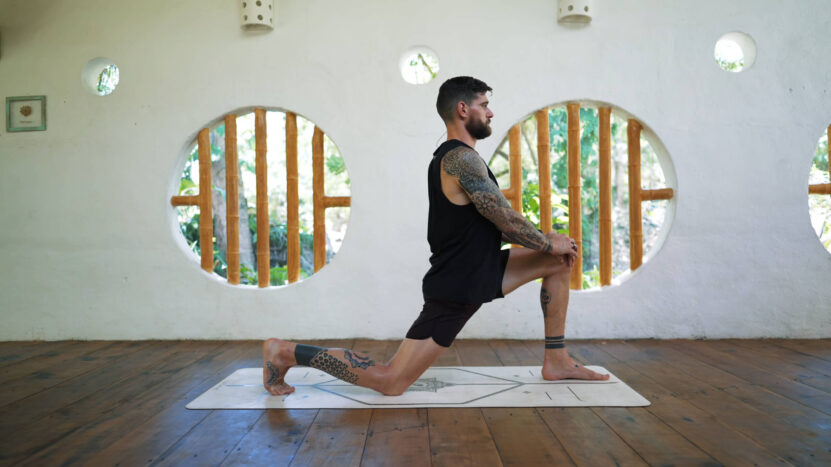Muscle tightness might happen from sitting too long, a tough workout, or just the daily grind catching up with us. Whatever the reason, dealing with it is no fun—and it can seriously limit how well you move and feel. But there’s an easy, effective solution: stretching!
Stretching is one of those habits that’s simple to start and pays off big in how your body feels. Just a few minutes each day can make a real difference in preventing tightness and helping you move more freely.
In this post, I’ll share some easy, practical stretching techniques that can fit into anyone’s routine.
1. Dynamic Stretching to Warm Up
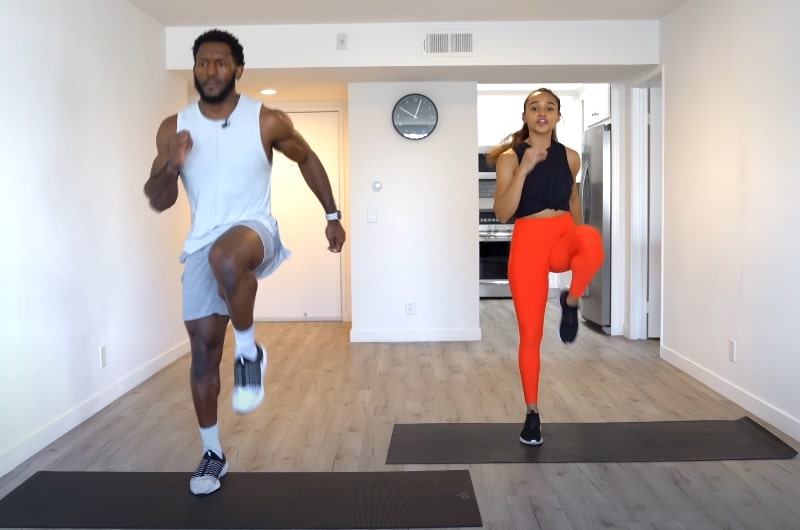
Dynamic stretching is all about actively moving muscles and joints through a full range of motion without holding the stretch in one position for too long. This approach boosts blood flow to the muscles, warming them up and prepping them for action, which is why dynamic stretching is perfect before exercise.
It’s not just for athletes, though; it’s a fantastic way for anyone to wake up their body, relieve stiffness, and start the day with some energy.
| Exercise | Description | Targeted Muscles/Benefits |
| Arm Circles | Extend your arms out to the sides and begin making small circles, gradually increasing their size. | Warms up shoulders and upper back, loosens tension |
| Leg Swings | Stand on one leg, swinging the other leg forward and backward like a pendulum. Side-to-side swings are also effective. | Warms up hips and legs, ideal before walking or running |
| High Knees | Stand in place, lifting knees toward the chest one at a time, like jogging in place but with exaggerated high steps. | Engages hip flexors, increases heart rate |
| Walking Lunges | Step forward into a lunge, ensuring the front knee stays above the ankle, and alternate legs with each step. | Works glutes, hamstrings, quads, and core balance |
*If you’re afraid to try these because you’re not very familiar with this topic, gaining more knowledge while getting Personal Trainer Certification might help you. Check out https://www.americansportandfitness.com/products/personal-trainer-certification.
2. Static Stretching
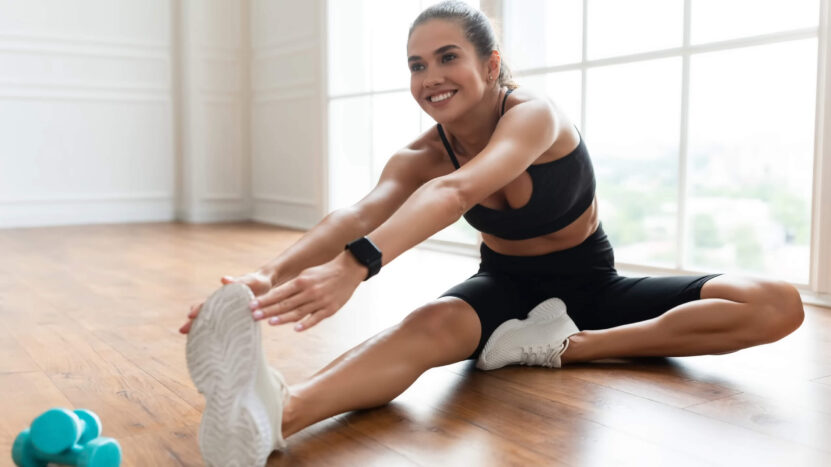
Static stretching involves holding a stretch for 20-30 seconds, allowing the targeted muscles to lengthen and relax slowly. This technique is most beneficial after workouts, as it helps to cool down muscles, release tension, and support recovery. Static stretching can also be incredibly relaxing, making it a great evening routine before bed to help unwind.
| Exercise | Description | Targeted Muscles/Benefits |
| Hamstring Stretch | Sit on the floor with one leg extended and the other bent; reach forward toward your toes on the extended leg (or as far as you comfortably can). | Releases hamstrings, which can become tight from prolonged sitting |
| Quad Stretch | Stand on one leg and pull the opposite foot up towards your glutes, holding onto a wall or chair for balance if needed. | Loosens quads, commonly tight after walking, cycling, or leg workouts |
| Shoulder Stretch | Bring one arm across your chest and hold it with the opposite hand to stretch the shoulder muscles. | Relieves upper back and shoulder tension, useful for desk work or lifting |
| Child’s Pose | Kneel down, extend your arms forward on the ground, and sink your hips back toward your heels. This yoga pose offers a gentle release for multiple muscle groups. | Targets lower back, hips, and shoulders for overall relaxation |
3. PNF
PNF, or Proprioceptive Neuromuscular Facilitation, is a stretching technique that combines stretching with muscle contraction. It’s known for its effectiveness in increasing range of motion and is often used in physical therapy settings.
PNF involves stretching a muscle to its limit, contracting it for a few seconds, then stretching further. If you’re dealing with stubbornly tight muscles, this technique can bring significant flexibility gains in a relatively short time.
How to Practice PNF:
- Stretch a muscle to where you feel gentle tension.
- Contract the stretched muscle for about five seconds (lightly pushing against resistance, if possible).
- Release the contraction and stretch a bit further, holding for 10-15 seconds.
Try PNF With:
- Hamstrings: Lie on your back and lift one leg up straight, using a band or a partner to gently push against while you contract. After releasing, see if you can stretch the leg a little further.
- Hip Flexors: Try a basic lunge stretch, then contract your glute muscles before easing deeper into the stretch.
4. Foam Rolling
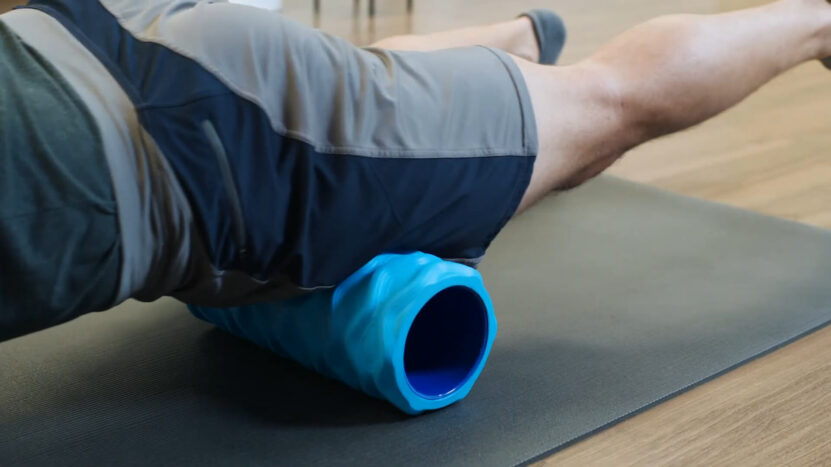
Foam rolling may not be a traditional stretch, but it’s a fantastic way to ease tight muscles. By applying gentle pressure with a foam roller, you can break up muscle knots, improve blood flow, and relieve tension in sore or overworked areas. I personally keep a foam roller nearby and find it especially useful after a workout or a long day on my feet.
Go Slow
Slowly roll over each muscle group, spending extra time on any tight or tender areas. Moving too fast won’t give the same level of release.
Focus on Large Muscles
Larger muscle groups—like quads, hamstrings, calves, and back—respond well to foam rolling. Smaller areas, such as the neck, require a gentler touch, so use caution.
Breathe Through It
Foam rolling can be uncomfortable at first, but deep breathing helps reduce tension and manage discomfort.
5. Yoga Poses for Whole-Body Flexibility
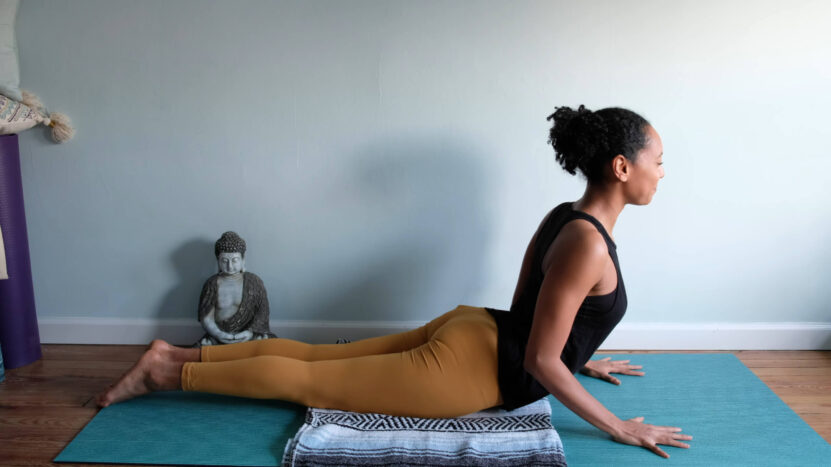
Yoga combines stretching with strength, balance, and mindfulness, making it an excellent tool for both body and mind. Certain poses gently stretch muscles, while others provide a more intense release, helping to improve flexibility and alignment. The beauty of yoga is that it can be tailored to anyone’s level, so you don’t need to be an expert to benefit.
Must-Try Yoga Poses
| Pose | Description | Targeted Muscles/Benefits |
| Downward-Facing Dog | This classic pose stretches the hamstrings, calves, and back while also engaging the arms and shoulders. | Stretches hamstrings, calves, back; strengthens arms and shoulders |
| Cobra Pose | Lie on your stomach, lifting your chest up with your hands as support. Cobra pose stretches the lower back and opens the chest, helping to release upper body tension. | Stretches lower back, opens chest, relieves upper body tension |
| Triangle Pose | Stand with feet wide apart, reaching one arm towards the ground and the other towards the ceiling. This pose stretches legs, hips, and sides while enhancing balance. | Stretches legs, hips, sides; improves balance |
| Pigeon Pose | With one leg extended behind you and the other bent in front, this pose targets the hips and glutes, making it ideal for releasing deep-seated hip tightness. | Releases hip tightness, targets hips and glutes |
*The key to yoga is taking it at your own pace.
6. Stretching With Stretch Bands
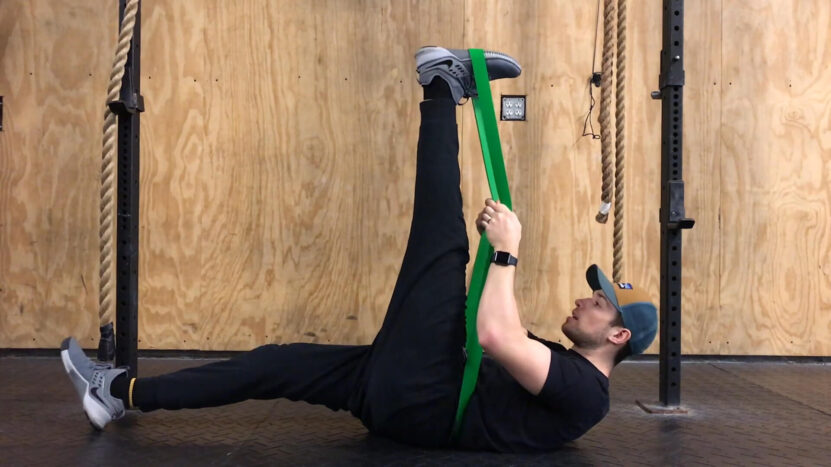
Stretch bands or resistance bands add gentle resistance, allowing you to work deeper into stretches. They’re especially helpful for stretches where reaching your own foot or ankle isn’t possible, and they give you more control over movement.
- Hamstring Stretch: Lie on your back, loop the band around one foot, and gently pull the leg towards you. This stretch lets you target hamstrings without needing a lot of flexibility initially.
- Hip Stretch: Lie on your side, looping the band around the top foot, and pull back for a deep hip stretch.
- Shoulder Stretch: Holding the band behind your back with both hands, gently pull to stretch the shoulders and chest.
7. Neck and Shoulder Stretches
Desk work and long hours at the computer can cause tension and stiffness in the neck and shoulders. Quick stretches for these areas relieve tightness and improve posture, which also reduces strain on the spine.
Desk-Friendly Stretches
1. Neck Tilts
Tilt your head to one side, hold, then switch. This move is simple but effective for relaxing the neck.
2. Shoulder Rolls
Roll your shoulders forward, then backward. This helps reduce upper body tension that builds up from sitting.
3. Chin Tuck
Gently tuck your chin towards your chest, lengthening the back of the neck. Chin tucks are ideal for releasing neck tension and improving alignment.
8. Breathing Stretches
Breathing is essential for effective stretching. When we breathe deeply, it calms the nervous system, which in turn signals the muscles to release any pent-up tension. Breathing stretches are ideal for winding down after a long day.
Breathing Techniques
- Box Breathing: Inhale for a count of four, hold for four, exhale for four, and hold again. This breathing technique is grounding and relaxing.
- Progressive Relaxation: Lie down, take a deep breath, and as you exhale, consciously relax each part of your body, from toes to head.
In Summary
Just a few minutes here and there can really change how your body feels throughout the day. By adding some of these stretches into your routine—whether it’s in the morning, during a work break, or right before bed—you’ll notice your muscles feeling more relaxed and ready for whatever comes next.
